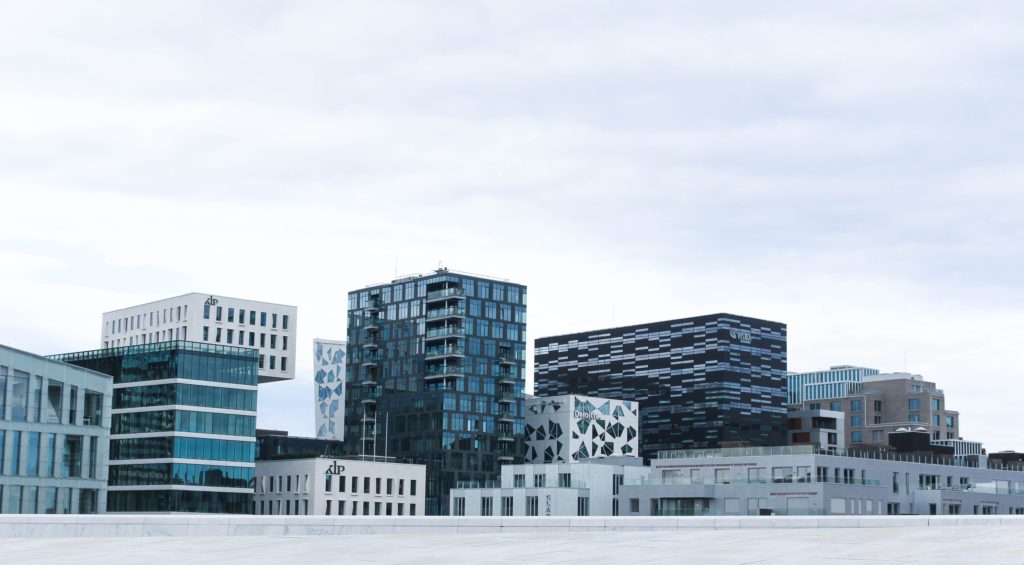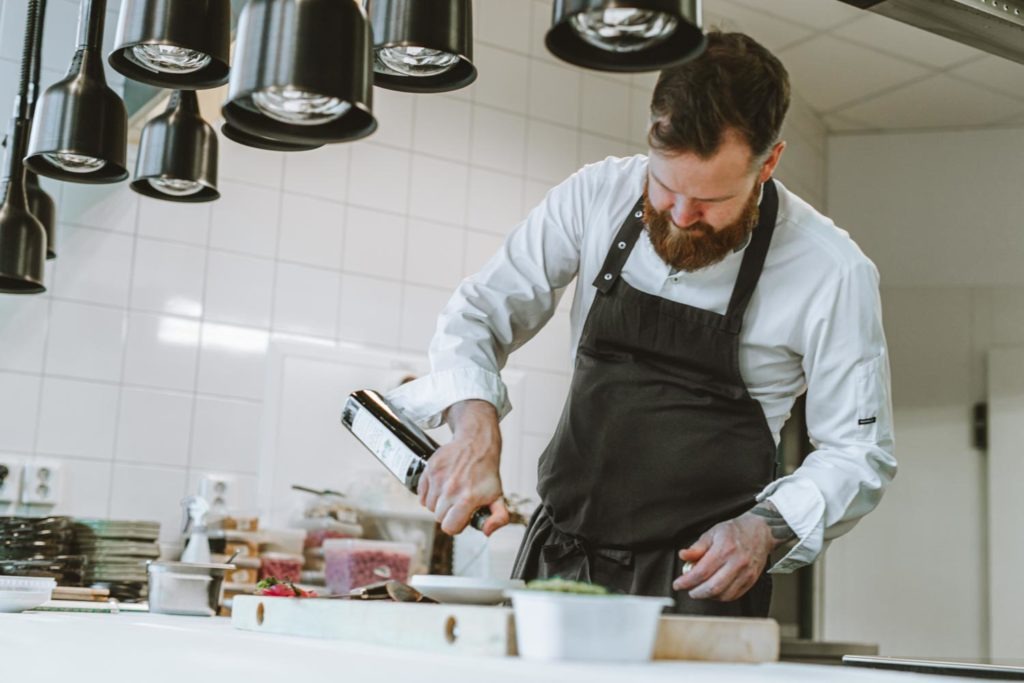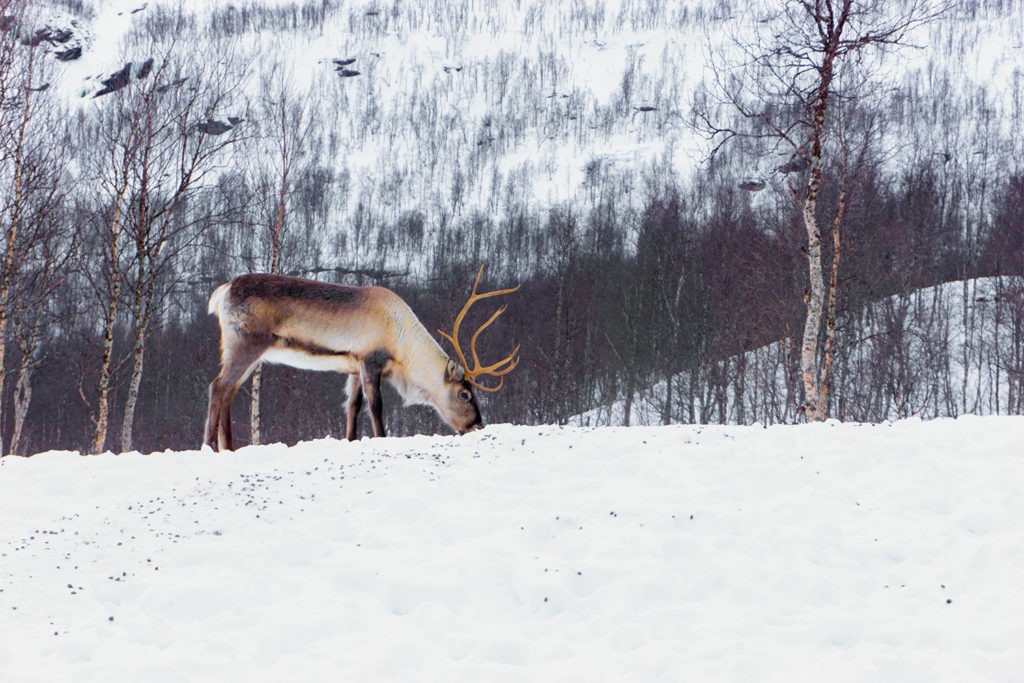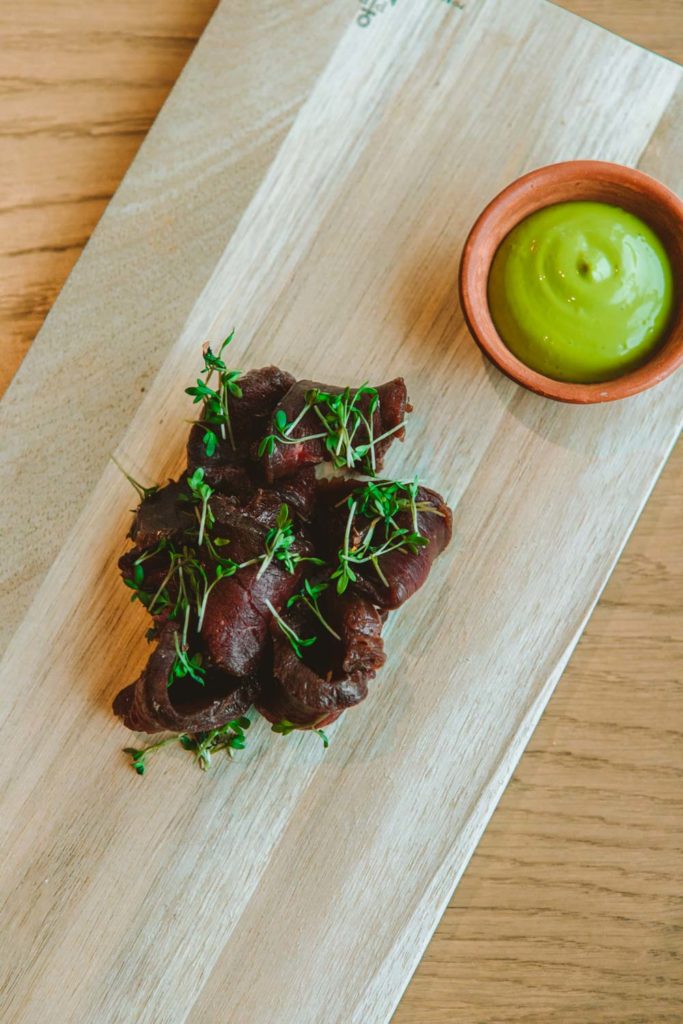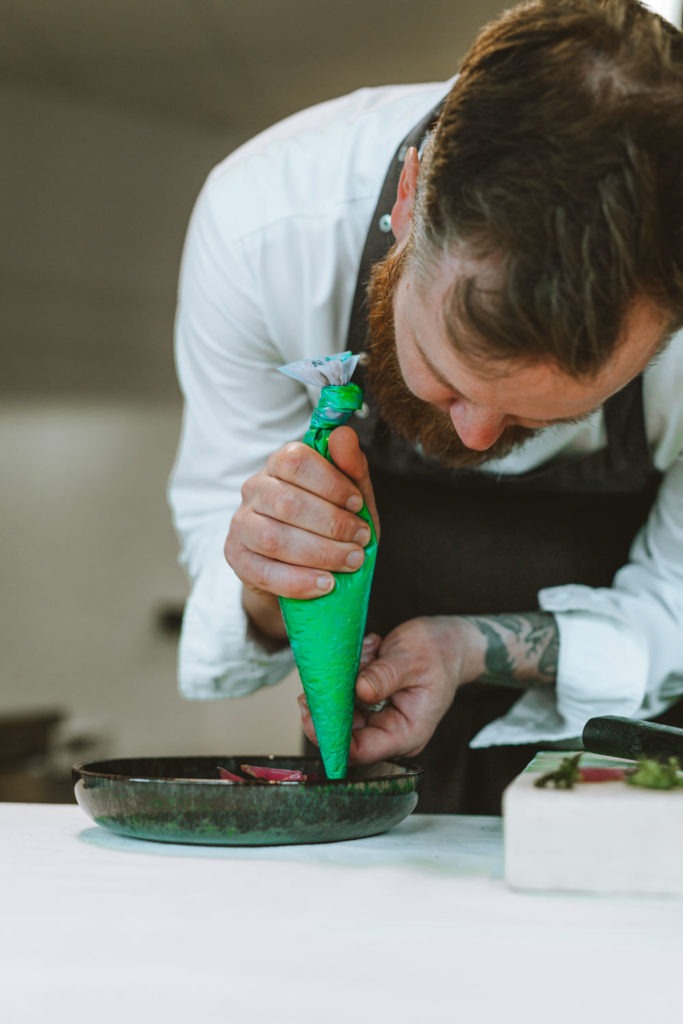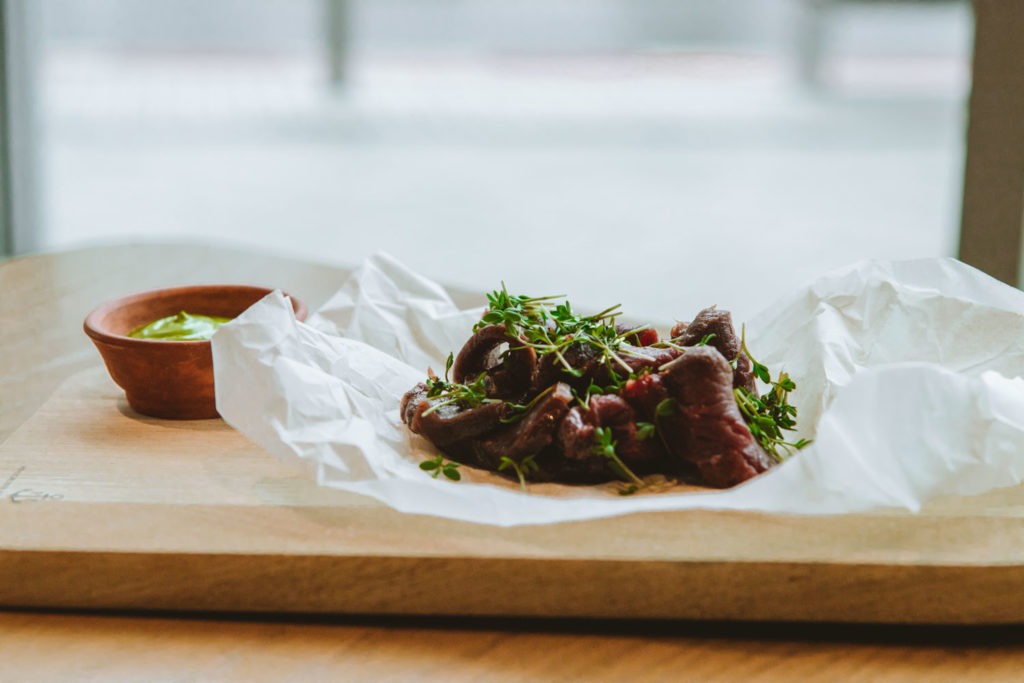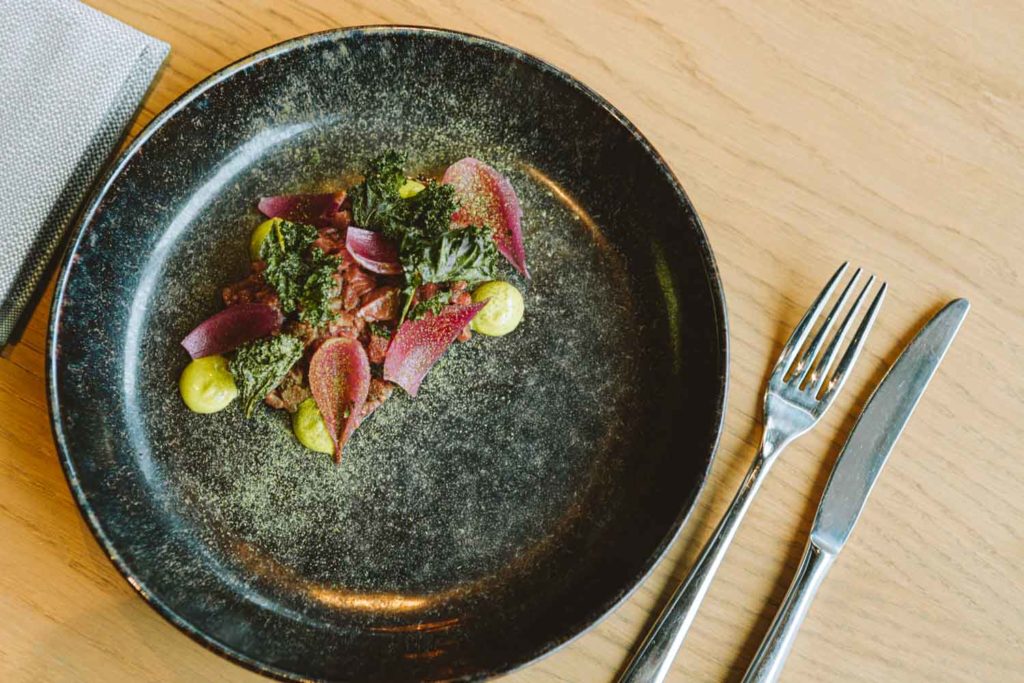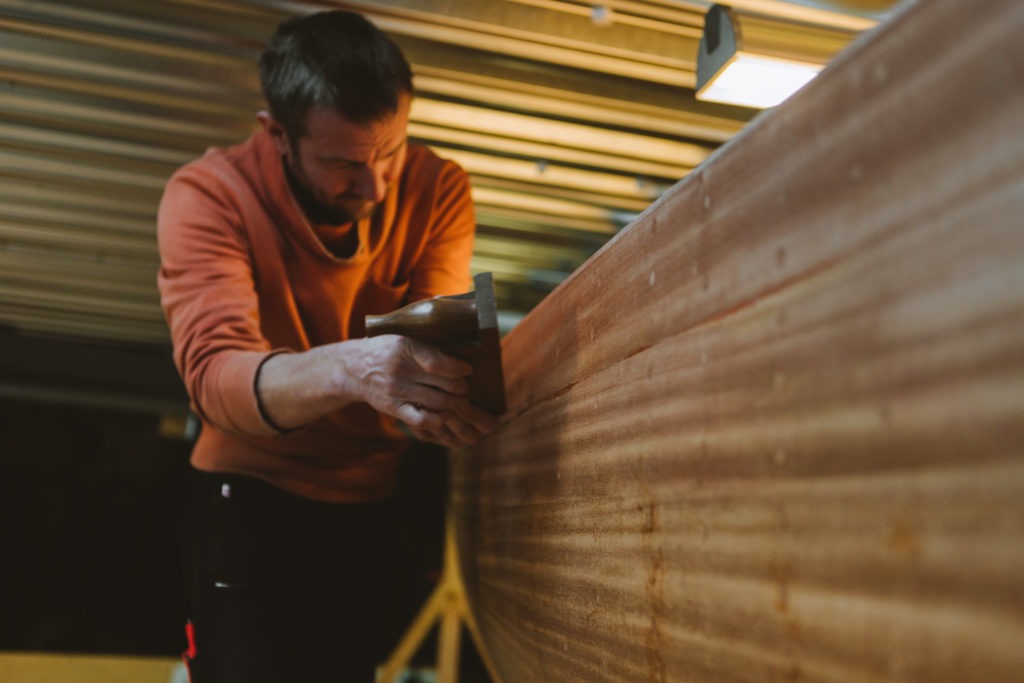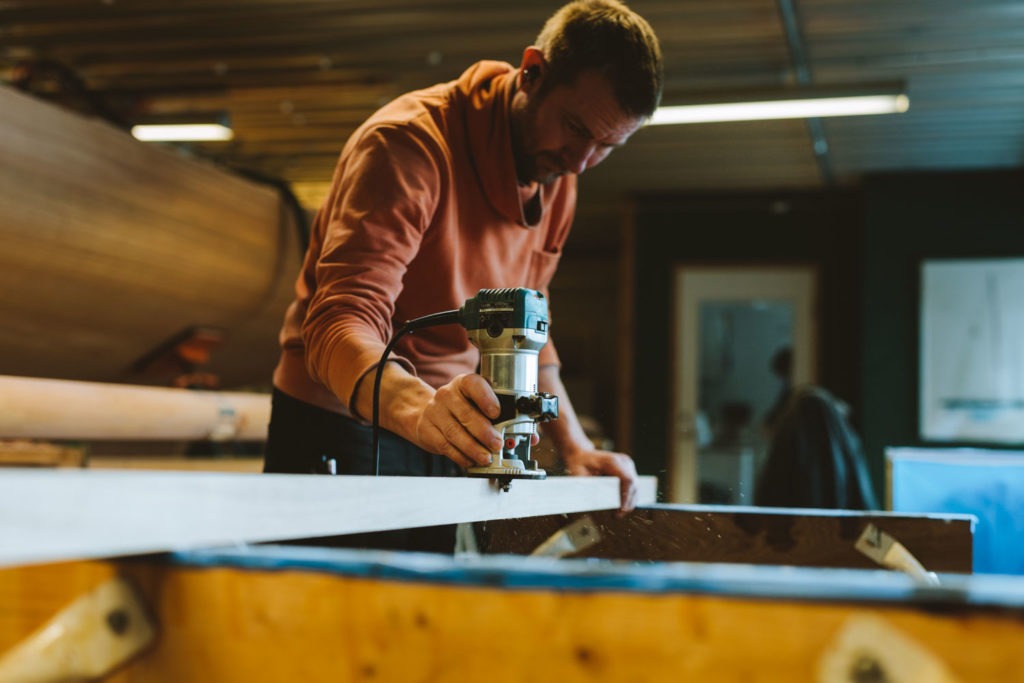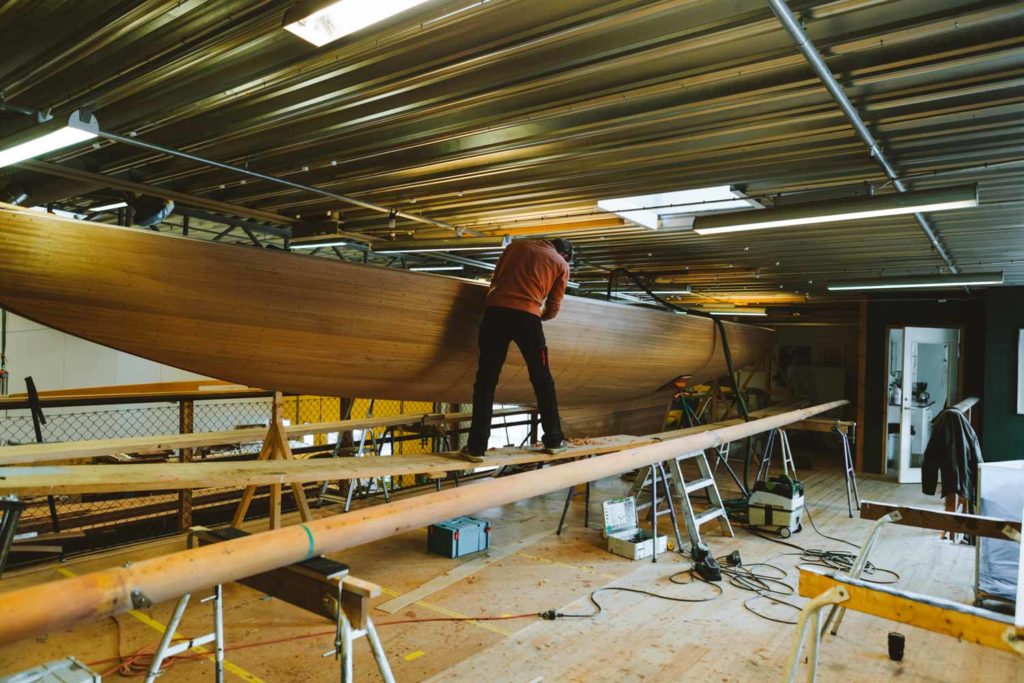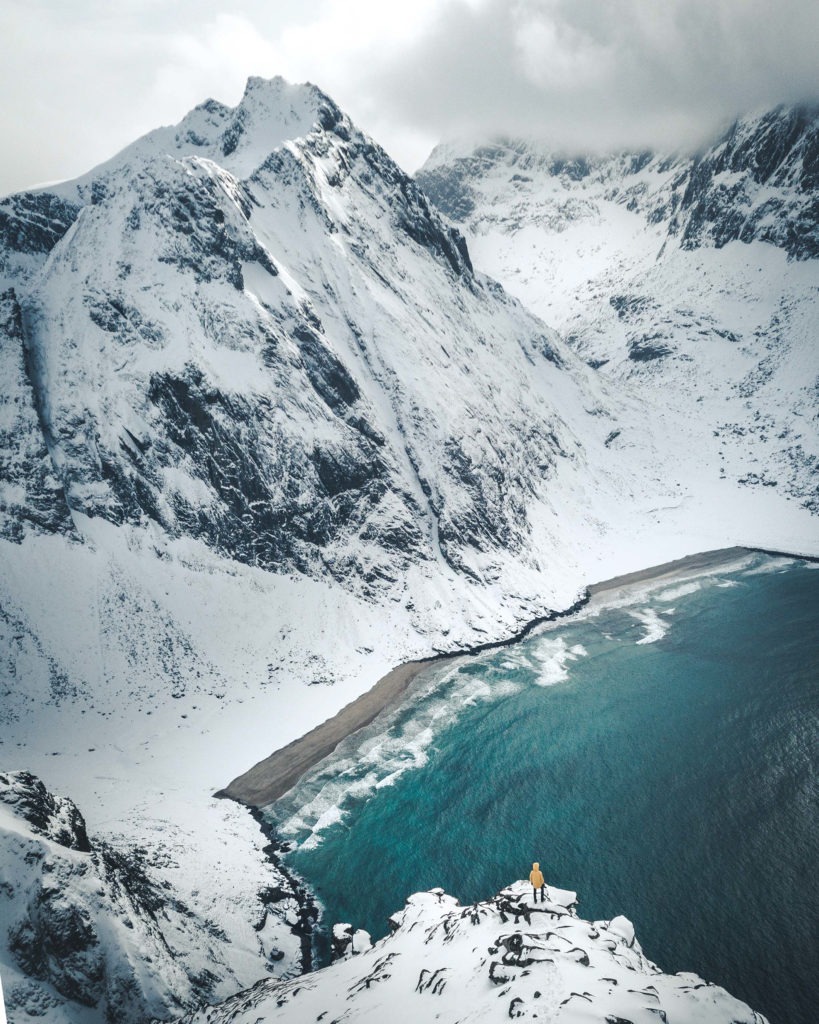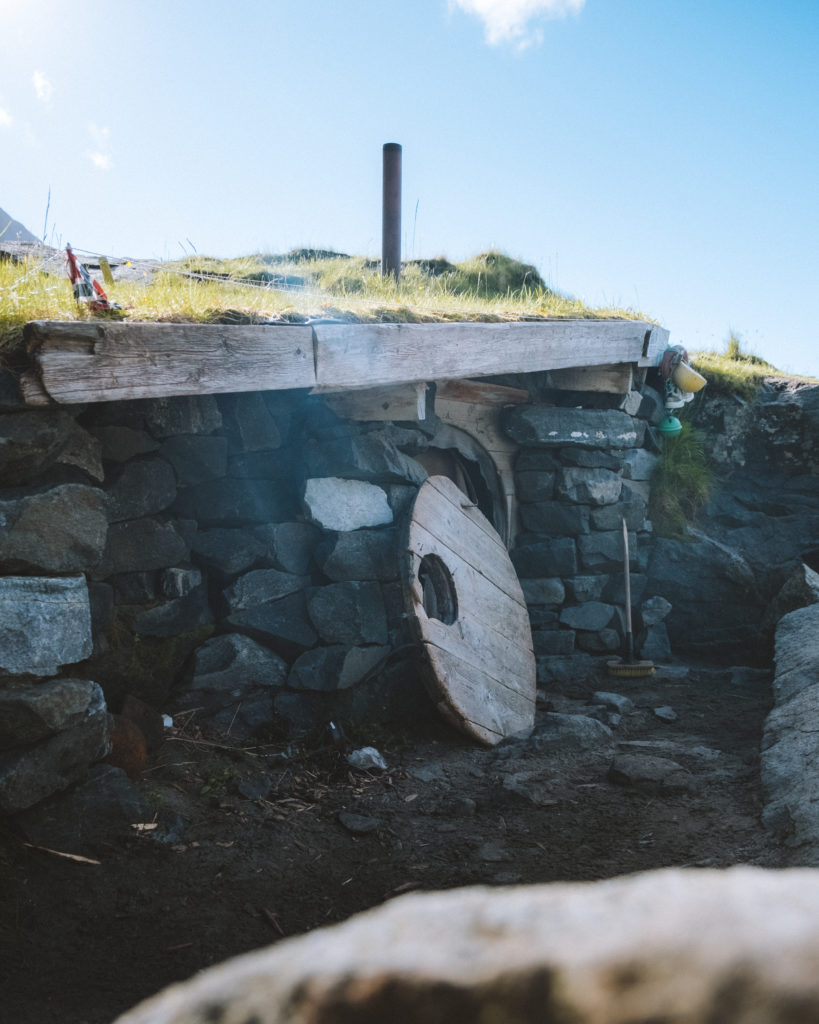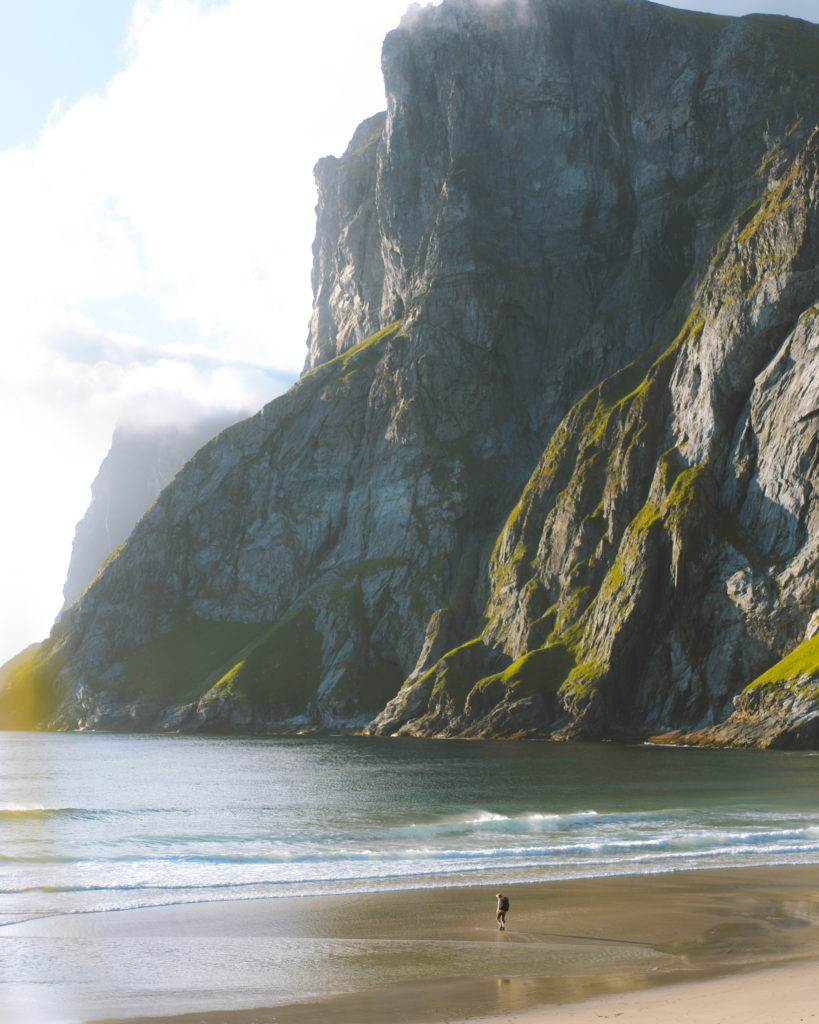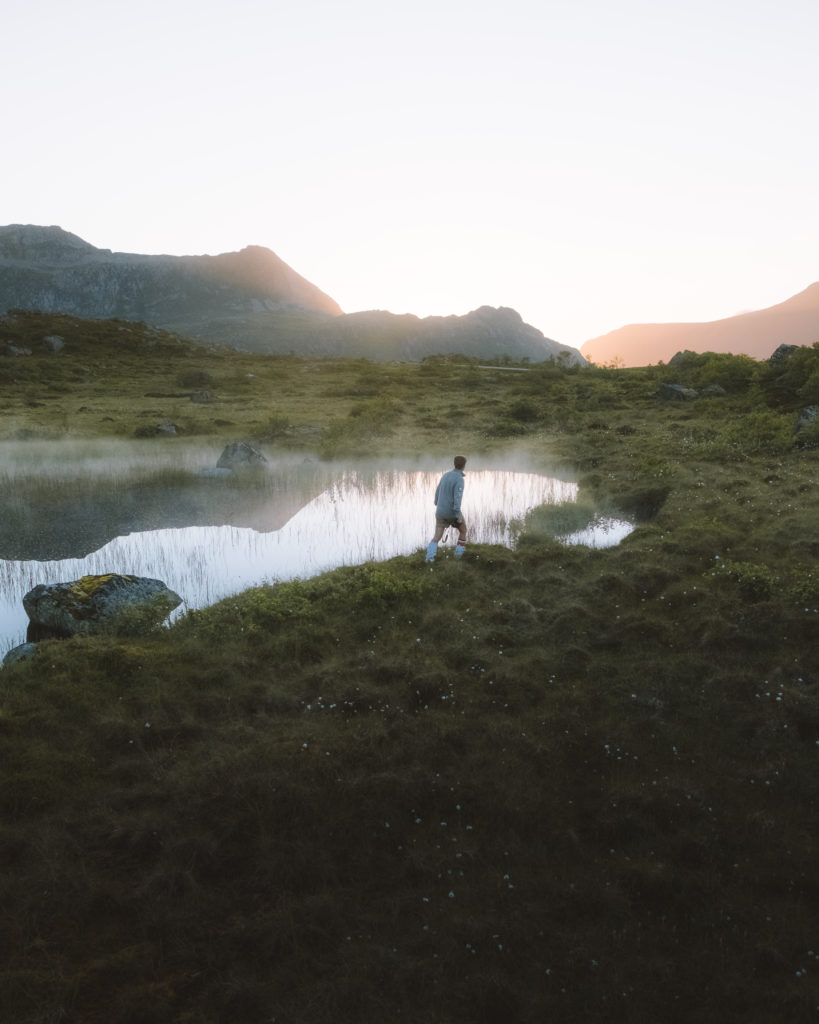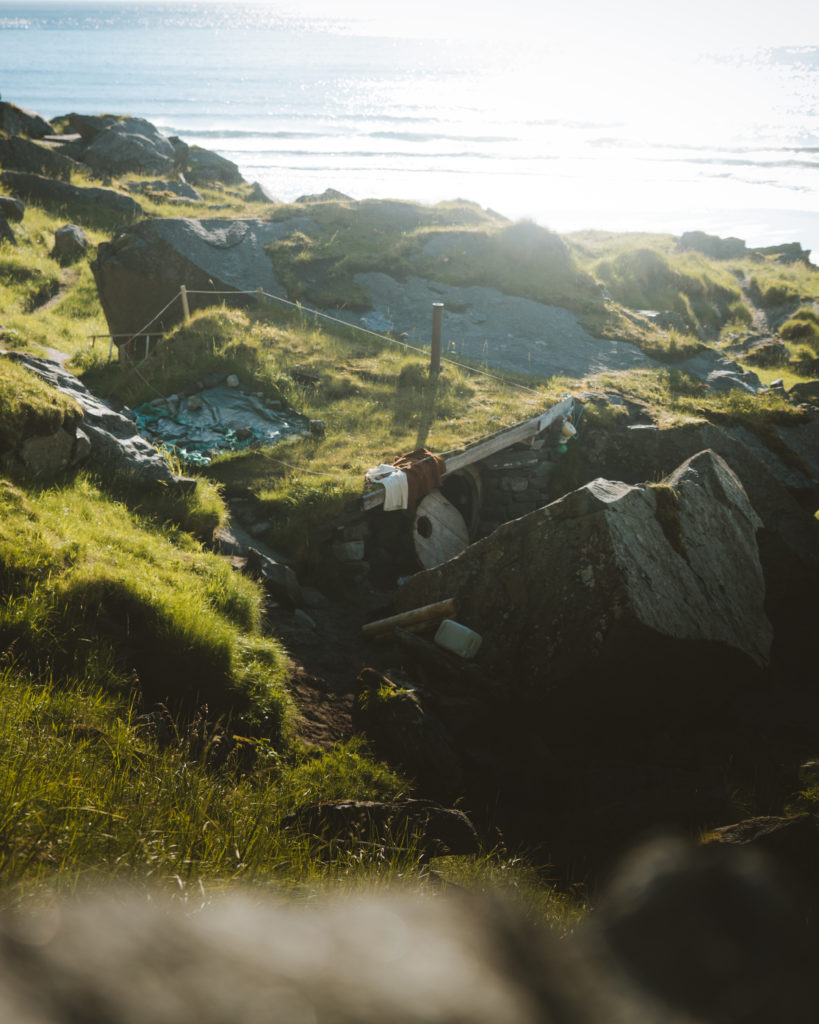Welcome to the stereotypical Norwegian cabin; a 30-year-old, red, 40 square metre, tiny wooden house. Placed on top of a mountain, in the middle of a forest or along the Norwegian coast, this little house is a large part of Norwegian culture. We really love our cabins
For some reason, things that do not belong on the walls somehow end up there anyways in cabins. Along with old photos and shelves, you tend to find skis, carpets, and a whole host of other weird items usually designated to floors. Who looked at the carpet and thought “Yeah, that would fit real nicely on the wall”?
The cabin is that little house with skis on the wall.
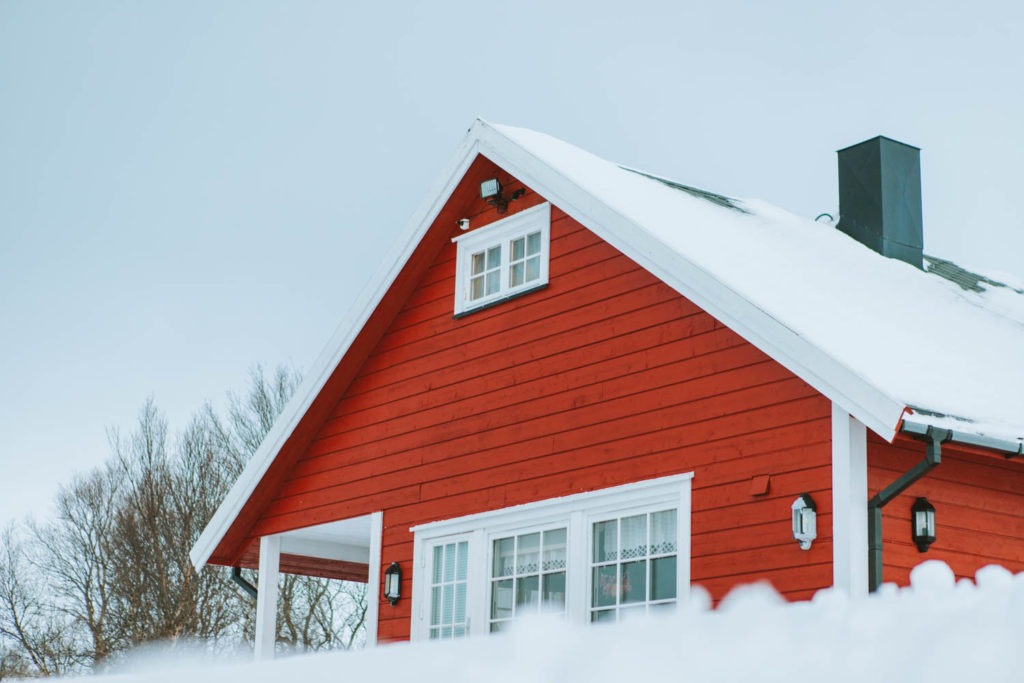
They are everywhere
Today there are over 400.000 cabins spread all over Norway. Almost every Norwegian has access to one in one way or another. If you don’t have a cabin of your own, The Norwegian Trekking Association (DNT) got you covered. In the spirit of Norwegian cabin culture, you can visit one of over five hundred cabins for free, or rent larger cabins for a weekend get-away.
Cabin municipalities, as they are called, have more cabins than regular houses. During the winter season, and especially Easter, some towns have more people visiting their cabins than permanent residents. And that really says something about the Norwegian cabin obsession.
The cabin is the little house you walk for hours to reach, just to spend a night playing cards with a 47-carded deck and cook sausages on the stove.
An experience
As with most other things in this world, cabins do get modernised. Some of them are even more funky and modern than most people’s houses. Although they look good and have cool up-to-date facilities, modern cabins lack the charm the older traditional cabins have. It is quite difficult to detail, but the old-fashioned cabin life is truly exceptional. You can’t describe it, you have to experience it.
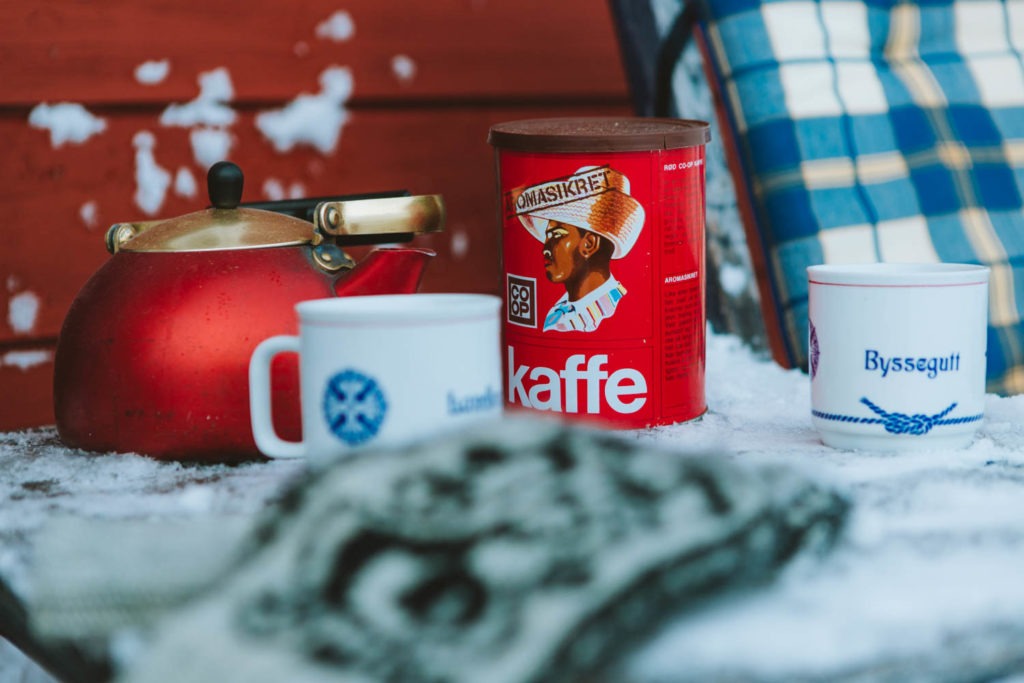
The cabin is a place where you find 15 year old coffee in the cupboard and seven year old strawberry jam in the freezer, even though you’ve checked there a hundred times before.
When running water and electricity is a premium feature, you need a more primitive approach to living. You gather water from the brook, the furnace is your go-to source of heat, and the lavatory is a tiny little shed fifty metres from the cabin. The latter makes for some spooky bathroom visits on dark nights, and the distance from the lavatory back to the cabin is often covered with a nervous sprint.
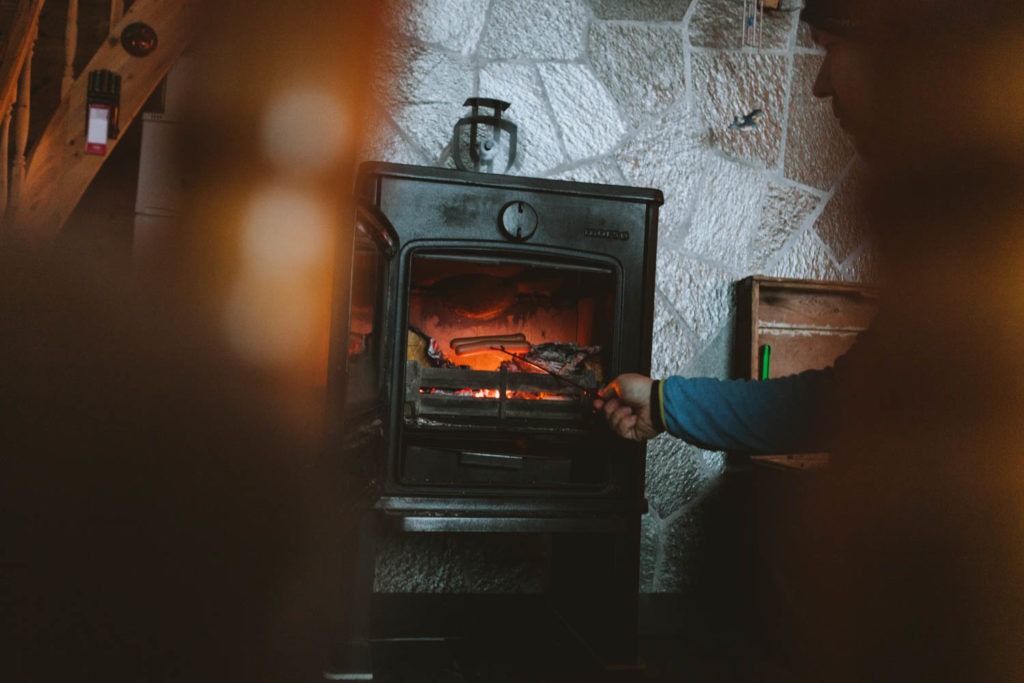
Pure Scandinavian Moments
You may wonder why we Norwegians drive for hours, hike through woods, across rivers and mountains for a night or two in a little wooden box. There is no definitive answer to this. Maybe it’s just the sense of relief from the stress of everyday life. It might be the primitive experience of lighting a fire to cook your food. Perhaps it’s just doing something else than school and work. Whatever the reason, the end result is always the same; pure Scandinavian moments.
The cabin is where you play Yahtzee with six different sized dices.
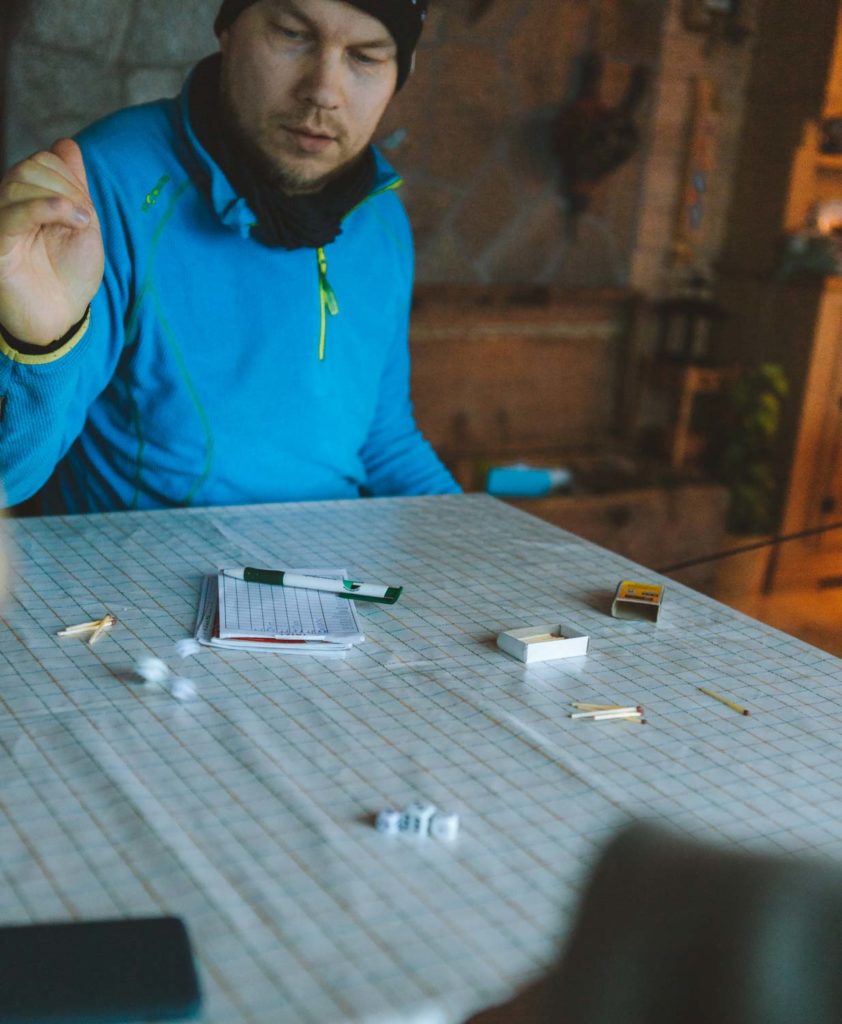
Now that you’ve gotten yourself a peek into Norwegian cabin obsession, you might as well read our story about secret cabins in Northern Norway here. Two times a week we publish articles like this. Follow us at @nuetaquavit to get instant updates on new posts.
